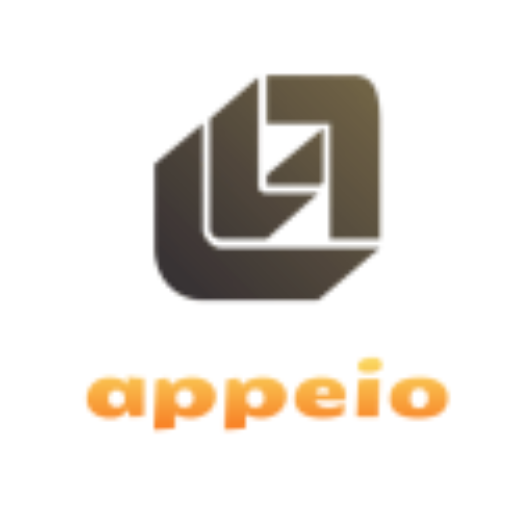If you’re looking for a quick fix to your student loan debts, student loan forgiveness isn’t one of them. However, they may be able to assist you in repaying all or part of your remaining debts over time.
The federal authorities design most loan forgiveness programs for borrowers who work in government service, health care, education, and other sectors. You can even get some states to assist you in repaying your college debt.
If you’re having trouble with your student loan repayments, go through this guide and find the programs suitable for your current situation.
With that said, let’s get into it.
Various Student Loan Repayment Plans To Consider
1. Public Student Loan Forgiveness (PSLF)
PSLF is offered to federal borrowers who work for a qualifying non-profit organization or the government. You can have your remaining student loan balance forgiven after making 120 eligible payments (10 years of monthly payments).
When enrolled in an income-driven repayment plan, you must make your monthly payments to qualify for Public Service Loan Forgiveness. If not, you’ll have to pay off your student debt before qualifying for loan forgiveness under a conventional repayment plan.
2. Student Loan Relief For Nurses
Nurses who have massive student debt have a lot of alternatives for student loan consolidation. Loan forgiveness options like PSLF, Perkins loan cancellation, and the NURSE CLRP may be available to you. In addition, the NURSE CLRPs cover up to 85% of the outstanding loan for qualified nurses.
For most nurses, the PSLF is likely to be the best solution. Only a small percentage of federal borrowers have Perkins loans. Therefore NURSE CLRPs can be highly competitive.
3. Income-Driven Repayment (IDR) Plans
REPAYE, IBR, PAYE, and ICR are the four basic IDR options offered by the federal government. You can set your student loan payments to a proportion of your monthly income using these options.
Your remaining student debt will be forgiven if you join in income-driven repayment arrangements. However, depending on your plan, this will happen in 20 or 25 years.
This relief option is appropriate if you have massive debt compared to your salary.
4. Repayment Assistance Programs Sponsored by States
In several states in the United States, licensed doctors, nurses, teachers, and lawyers can take advantage of the loan repayment program.
For example, the Mississippi Teacher LRP can pay up to $3,000 per year on undergraduate school debts to teachers with a specific license for four years.
Teachers must also work full-time in a particular geographic or subject area. To find out if you qualify for the program, contact the higher education agency in your state.
5. Teacher Loan Forgiveness
Teachers who work full-time in low-income secondary schools or public elementary may be eligible for Teacher Loan Forgiveness. To be eligible for forgiveness, you must work for five years. Stafford loans or federal direct loans can be used to borrow up to $17,500.
You must have taken out student loans after October 1, 1998, to be eligible.
6. Speak To Your Lender About Private Loan Forgiveness
Private student loans, for starters, are offered by private lenders and are not eligible for loan forgiveness. That means you repay the amount you borrowed plus interest and any additional fees.
However, you have various options for managing your private student loans. For example, if you’re having financial difficulties, your loan lender may change your student loans, temporarily suspend payments, or consider private loan consolidation.
Contact your private lender to learn about the private loan repayment choices accessible to you. Before postponing any payments or defaulting on your loans, contact your lender. It may harm your credit score.
Another option is to refinance your private loans to achieve a reduced interest rate. Unfortunately, private student loans are not eligible for forgiveness, but you may be eligible for loan forgiveness if you have a combination of private and federal student loans.
Final Thoughts
If you’re searching for ways to get out of debt, you can use the options outlined in this guide. This could help you pay off some or all of your outstanding debt. If you’re not sure what to do, we recommend speaking with a student loan expert.
These professionals can help you outline the options ideal for your current situation and take the best course. That said, do your research first before you make any decisions. And while you wait to get your forgiveness, you can find practical ways to manage your student loans.
That can reduce the burden and focus on other areas of your life.
Appeio is a tech enthusiast and gamer who loves to write about the latest news and trends in the industry. He has been writing for over 5 years and has published articles on a variety of websites, including TechCrunch, IGN, and GameSpot. He is passionate about sharing his knowledge with others and helping them stay up-to-date on the latest tech news. In his spare time, he enjoys playing video games, watching movies, and spending time with his family.













